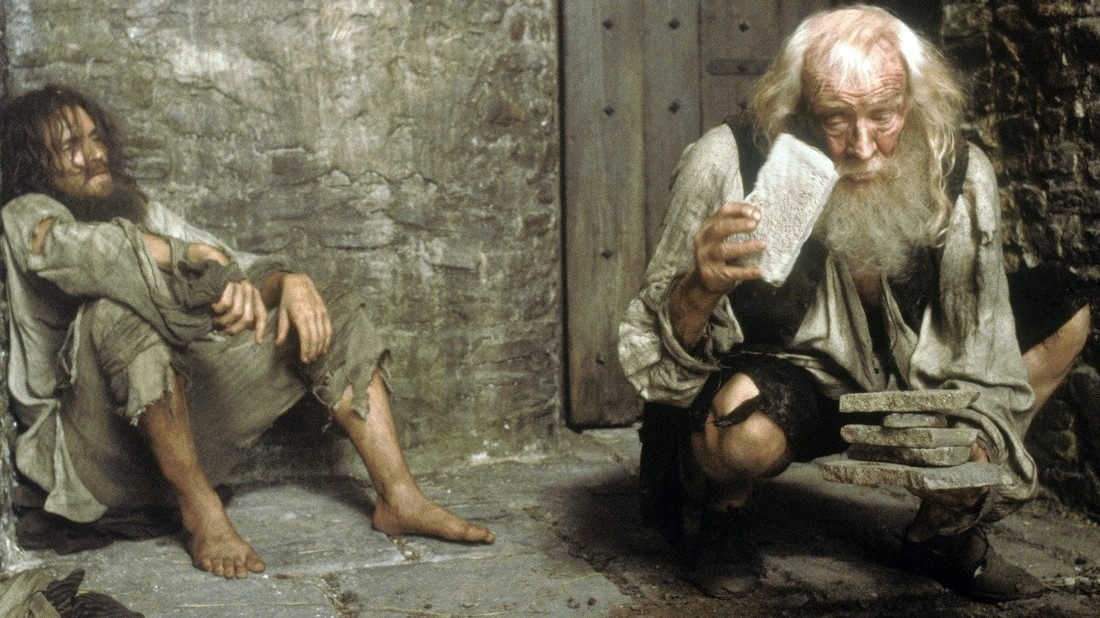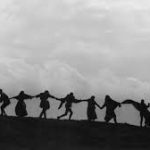“The Count of Monte Cristo” (2002)

Based on Alexandre Dumas’ classic novel, “The Count of Monte Cristo” (2002) directed by Kevin Reynolds is a cinematic journey that delves deep into the themes of betrayal, revenge, and redemption. Set against the backdrop of early 19th-century France and Italy, the film portrays the transformative journey of Edmond Dantès, brilliantly portrayed by Jim Caviezel, from a naive sailor to a vengeful and sophisticated count.
The story begins with Edmond Dantès, a young and optimistic merchant sailor who is tragically betrayed by his close friend Fernand Mondego, played by Guy Pearce, and falsely accused of treason. Sentenced to life imprisonment in the foreboding Château d’If, Dantès endures years of suffering before a chance encounter with Abbé Faria, portrayed by Richard Harris, changes his fate. Faria becomes Dantès’ mentor, imparting knowledge, wisdom, and the location of a vast treasure on the Isle of Monte Cristo.

The core of the narrative revolves around Dantès’ meticulous planning of revenge against those who wronged him. As he assumes the persona of the enigmatic Count of Monte Cristo, Dantès employs his newfound wealth and intelligence to orchestrate the downfall of his enemies while navigating a complex web of deceit and intrigue. However, amidst his pursuit of vengeance, Dantès grapples with moral dilemmas and the true cost of his quest for justice.
Central to the film’s allure is its exploration of timeless themes. Revenge, a driving force in Dantès’ transformation, is portrayed not simply as a means of retribution but also as a catalyst for personal growth and moral reflection. As Dantès exacts revenge on those who betrayed him, the film raises poignant questions about the nature of justice and the consequences of one’s actions.

Visually, “The Count of Monte Cristo” captivates with its sweeping cinematography and lavish set designs that evoke the opulence and decadence of the Napoleonic era. From the grandeur of Parisian ballrooms to the rugged beauty of the Mediterranean coast, each setting enhances the film’s narrative depth and historical authenticity.
Jim Caviezel’s portrayal of Edmond Dantès is pivotal to the film’s success, capturing the character’s evolution from innocence to ruthlessness with nuance and emotional depth. His chemistry with Guy Pearce, who embodies the charismatic yet treacherous Fernand Mondego, adds layers of tension and complexity to their rivalry.
Supporting performances by actors such as Richard Harris as Abbé Faria and Dagmara Domińczyk as Mercedes provide additional depth to the narrative, highlighting the impact of Dantès’ actions on those around him. The film’s ensemble cast collectively brings Dumas’ iconic characters to life, infusing the story with palpable drama and intrigue.

Thematically rich and emotionally resonant, “The Count of Monte Cristo” (2002) transcends its historical setting to explore universal themes of betrayal, forgiveness, and the quest for redemption. Through its compelling storytelling, memorable performances, and visual grandeur, the film remains a testament to the enduring power of Dumas’ literary masterpiece.
In conclusion, “The Count of Monte Cristo” (2002) is a captivating cinematic adaptation that stays true to the spirit of Alexandre Dumas’ novel while offering a fresh perspective on its timeless themes. As audiences follow Edmond Dantès’ journey from despair to triumph, they are reminded of the transformative power of perseverance, justice, and the pursuit of one’s rightful destiny.










